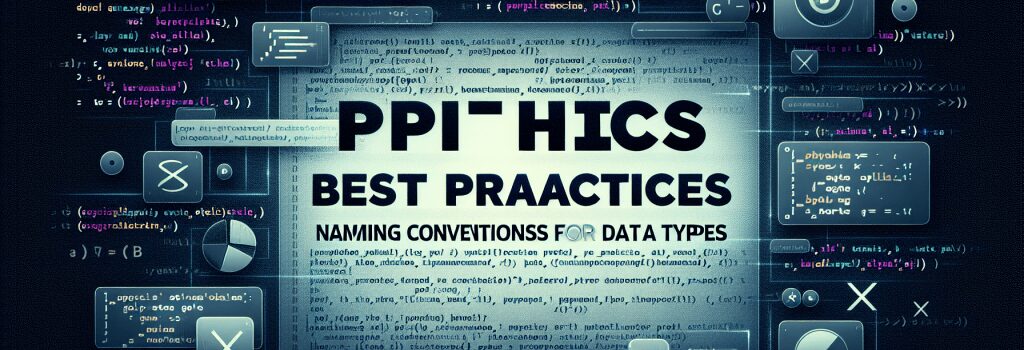PHP Best Practices: Naming Conventions for Variables and Data Types

Alright, let’s buckle up! We’re about to dive deep into the world of PHP. But promise me one thing: don’t let the shark eat you. It can get real in the PHP ocean! In today’s episode of ‘Surviving the Code’, our topic is: ‘PHP Best Practices for Variables and Data Types Naming Conventions.’
What’s in a name?
Before you bellyache and say, "I can name my variables whatever I want!", pause and remember that code isn’t written for computers, it’s written for people. Sure, computers are the ones executing it, but we mere humans are the ones reading, troubleshooting, and yodeling in triumph when it finally works.
The first rule of thumb in naming conventions? Clarity and descriptiveness. Your future self and your colleagues will thank you, trust me!
Fist Bumps with PHP Variables
In PHP, all variable names must begin with a dollar sign ;($)>. Following the ;$>, the name can contain numbers, letters (both uppercase and lowercase), and underscores. However, the name should never start with a number. Imagine naming your firstborn ’10Tom’. Ouch, poor fellow!
Consistent CamelCase Capers
Variable names should be descriptive, and for that purpose, we tend to use multiple words. To make such variable names easily readable, we adopt a method known as ;camelCase>. Here, the first letter of each word except for the first one, is capitalized.
Trust me, it’s easier for the eyes and headaches will decrease, yours and others’!
Use Underscores for Constants
If you’re defining a constant, it’s typical to go with all upper case letters with underscores separating words. It’s kind of like yelling in PHP language. Constants, being the ‘constant’ things they are, like this kind of attention.
Your constant is now loud and clear!
Onward, to Data Types!
PHP supports a bunch of data types, and well, they don’t need any specific naming conventions. But hold on, there are some recommendations you should follow while working with them.
Be Explicit with Boolean
Ninjas are cool, but not in your code. In case of Boolean data types, instead of going like a ninja writing vague truths with ‘1’ or ‘0’, be explicit. Use ;true> or ;false>.
By doing this, you’ll make things obvious for others and your future self. And remember, ninjas are only cool in movies!
Stay Clear with Arrays
Array names should be plural. This little tip would save a lot of confusion. If it’s an array that contains multiple items, let’s name it like that.
That’s it, folks! So next time when you are working with PHP, remember to name your variables and data types like you are narrating a story. Be clear, be descriptive, and avoid the ninjas! Before you know it, you’ll love how much easier your code is to understand. And yeah, don’t let the PHP sharks bite you!


